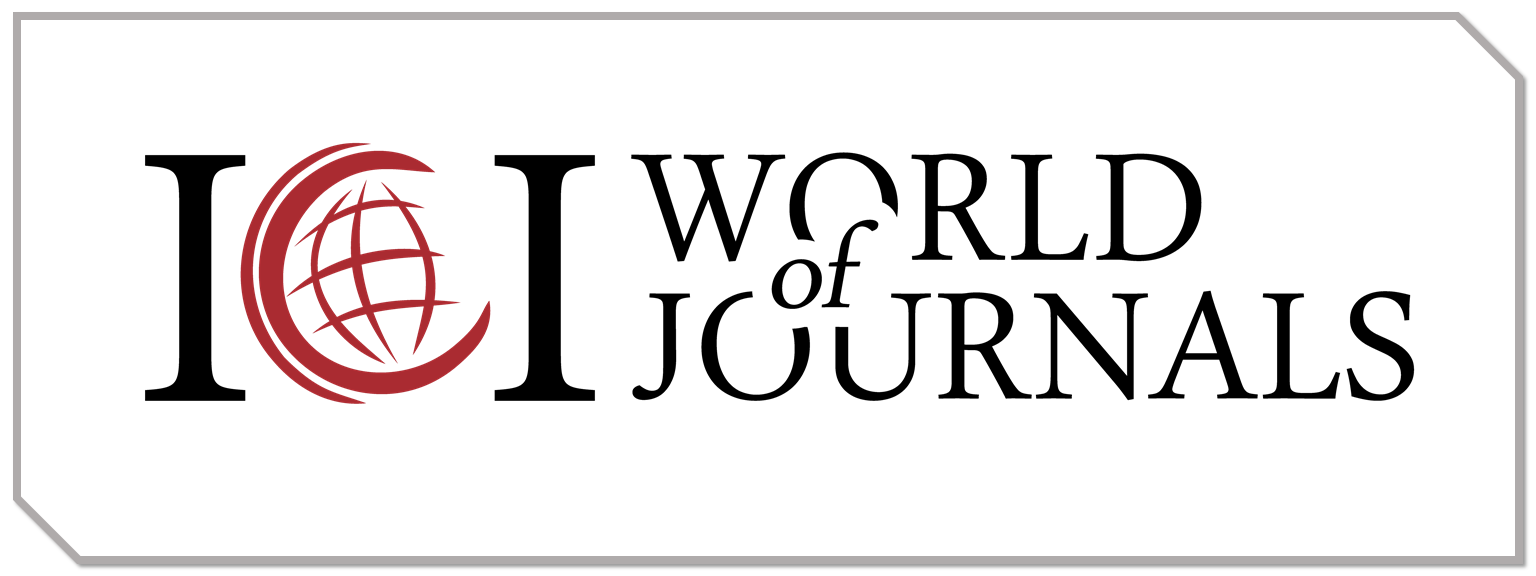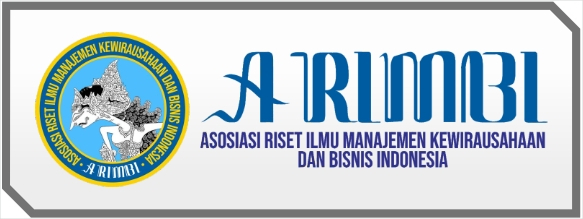Faktor-faktor Yang Mempengaruhi Permintaan Gula Pasir di Sumatera Utara Tahun 2016 – 2022
DOI:
https://doi.org/10.55606/optimal.v3i2.1374Keywords:
sugar, consumer income, demand, and priceAbstract
This study aims to find out how the factors affect the demand for sugar in North Sumatra in 2016 – 2022. Geographical conditions in Indonesia which have the potential to produce sugar cane plants make Indonesia a country that has the potential to become the largest sugar producer in the world. Granulated sugar is a source of nutrition in foods made from sugarcane juice and crystallized to form sand-like powders. One of the food raw material crops that has the most important position in agricultural development is sugarcane. Sugar cane is a plant that produces a staple food, namely sugar. Planting sugar cane to overcome the low production of sugar in Indonesia. Sugar is an important commodity for the people of Indonesia including the province of North Sumatra, even sugar is also important for the world community. The benefits of sugar can be seen as a source of calories for the community apart from corn, rice and tubers, sugar is also one of the staple food ingredients. The need for sugar in North Sumatra is not only to meet the basic needs of the community, but sugar is also the main sweetener used as a raw material in the food and even beverage industry.
References
https://sumut.bps.go.id 2016-2022
(Sri Wahyuni et al., 2022)
Dan Rendahnya Daya Saing Finansial Pabrik Gula. Menurut Malian, Dkk (2004) Bahwa Hal Tersebut Memberikan Pengaruh Tersendiri Terhadap Daya Saing Dan Harga Jual Gula Dipasar Domestik. Luas Lahan Perkebunan Tebu Juga Berkurang Seiring Penerapan UU No.12 Tah, 2010)
















